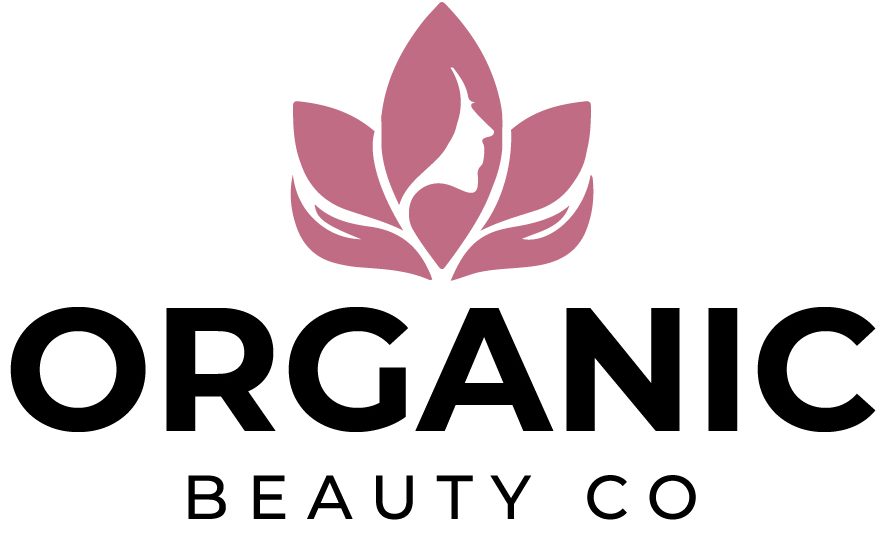Exfoliation is a fundamental yet often overlooked aspect of skincare that can make a significant difference in the health and appearance of your skin. In this guide, we’ll delve into what exfoliation is, why it’s essential for your skin, the different types of exfoliants available, and how to incorporate exfoliation into your skincare routine effectively.
What is Exfoliation?
Exfoliation is the process of removing dead skin cells from the surface of the skin. Our skin naturally sheds these cells as part of its renewal process, but sometimes, the shedding process can become sluggish, leading to a buildup of dead skin cells. This buildup can result in a dull complexion, clogged pores, and an uneven skin texture. Exfoliation helps to slough off these dead cells, revealing smoother, brighter, and healthier-looking skin underneath.
Why Your Skin Needs Exfoliation
There are several compelling reasons why exfoliation should be a regular part of your skincare routine:
Promotes Cell Turnover: Exfoliation accelerates the skin’s natural cell turnover process, which tends to slow down as we age. By removing dead skin cells, exfoliation stimulates the production of new, healthy skin cells, resulting in a more youthful and radiant complexion.
Unclogs Pores: Dead skin cells, along with excess oil and debris, can accumulate in the pores, leading to congestion and the formation of blackheads and acne. Regular exfoliation helps to clear out these impurities, keeping the pores clean and minimizing breakouts.
Improves Skin Texture: Exfoliation smoothens the skin’s surface by buffing away rough, flaky patches, leaving it soft and velvety to the touch. This can also enhance the effectiveness of other skincare products by allowing them to penetrate more deeply into the skin.
Enhances Skincare Absorption: By removing the barrier of dead skin cells, exfoliation allows skincare products to penetrate more effectively, maximizing their benefits. This means that your moisturizers, serums, and treatments can work more efficiently, delivering better results.
Brightens the Complexion: Dull, lackluster skin can benefit greatly from exfoliation. By removing the outer layer of dead cells, exfoliation reveals the fresh, luminous skin underneath, giving the complexion a healthy glow.
Types of Exfoliants
Exfoliants come in two main categories: physical exfoliants and chemical exfoliants. Each type works differently to achieve the same goal of removing dead skin cells, but they vary in terms of their mechanisms of action and suitability for different skin types.
Physical Exfoliants: These exfoliants contain small particles or granules that physically scrub away dead skin cells when massaged onto the skin. Common physical exfoliants include facial scrubs, cleansing brushes, and exfoliating mitts. While physical exfoliants can be effective, they should be used with caution, especially if you have sensitive or acne-prone skin, as they can potentially cause irritation or micro-tears if used too vigorously.
Chemical Exfoliants: Chemical exfoliants use acids or enzymes to dissolve the bonds between dead skin cells, allowing them to be easily sloughed off. The two main types of chemical exfoliants are alpha hydroxy acids (AHAs) and beta hydroxy acids (BHAs). AHAs, such as glycolic acid and lactic acid, work on the surface of the skin to promote exfoliation and improve texture, while BHAs, such as salicylic acid, penetrate deeper into the pores, making them particularly effective for oily and acne-prone skin.
How to Incorporate Exfoliation into Your Skincare Routine
When it comes to exfoliation, consistency is key, but it’s essential to strike the right balance to avoid over-exfoliation, which can compromise the skin’s barrier function and lead to irritation. Here’s how to incorporate exfoliation into your skincare routine effectively:
Choose the Right Exfoliant: Consider your skin type and concerns when selecting an exfoliant. If you have sensitive or dry skin, opt for a gentle exfoliant with mild ingredients like lactic acid or oatmeal. For oily or acne-prone skin, BHAs like salicylic acid can be highly effective in clearing out pores and preventing breakouts.
Start Slow: If you’re new to exfoliation or trying a new product, start with a lower concentration and frequency to allow your skin to adjust. Begin with exfoliating once or twice a week, then gradually increase as tolerated.
Follow Instructions: Always follow the instructions provided with your exfoliant to ensure safe and effective use. Pay attention to the recommended frequency of use, application methods, and any precautions or warnings.
Listen to Your Skin: Pay attention to how your skin responds to exfoliation. If you experience redness, irritation, or excessive dryness, dial back on the frequency or switch to a gentler formula. Conversely, if you’re not seeing the desired results, you may need to increase the frequency or potency of your exfoliant.
Moisturize and Protect: After exfoliating, be sure to moisturize your skin thoroughly to replenish lost hydration and restore the skin barrier. Follow up with a broad-spectrum sunscreen during the day to protect your newly exfoliated skin from sun damage.
In conclusion, exfoliation is a vital step in any skincare routine, offering numerous benefits for the health and appearance of your skin. By understanding the importance of exfoliation, choosing the right exfoliant for your skin type, and incorporating it into your skincare regimen appropriately, you can enjoy smoother, brighter, and more radiant skin for years to come.

